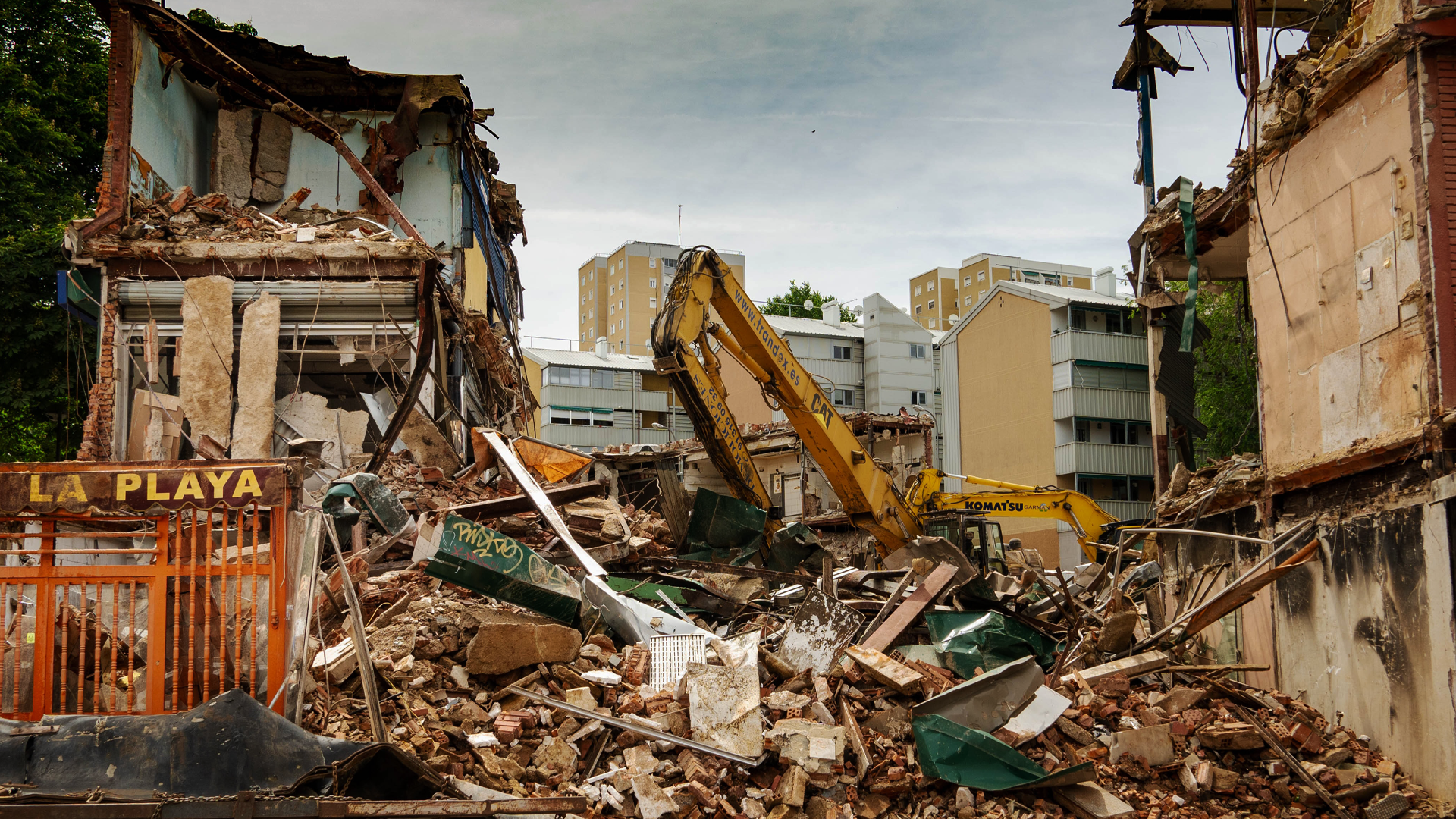After the Turkey-Syria earthquake, there have been many questions, concerns and conspiracies. To answer these questions, a seismologist might have some of the answers.
It has been over two weeks since a 7.8 magnitude earthquake struck southern and central Turkey and western Syria. Over 40,000 people have died in Turkey and more than 5,000 in Syria, and the toll is rising. People are still being searched for and rescued, and donations and appeals are still needed.
A few days ago, Turkey was hit by two more earthquakes with magnitudes of 6.4 and 5.8.
Why is Turkey prone to earthquakes?
A 7.6 earthquake struck the Kocaeli Province of Turkey in 1999 in İzmit, resulting in almost 18,000 deaths. What many might not know is that Turkey is a seismically active area.
‘It’s because of the tectonics where Turkey’s created,’ says earthquake seismologist Ezgi Karasozen. It’s not just Turkey. Nations surrounding the country, including Iran, are also earthquake-prone.’
Earthquakes happen because the slow and steady motions of tectonic plates cause stresses to build up along faults in the Earth’s crust. The pressure causes friction due to the weight of overlaying rocks holding these cracks together. When the stress overcomes the friction, the two sides slip past each other, causing a sudden release of energy in the form of an earthquake.
Ezgi explains that Turkey lies in a complex collision zone where three tectonic plates meet: Anatolian, Arabian, and African. The Arabian and African plates move northwards, compressing the Anatolian plate, where most of Turkey is. Because of this collision, the Anatolian plate escapes to the west along two major faults.
The recent earthquakes happened on the 500 km long East Anatolian Fault, which lies in the collusion boundary between Arabia and Anatolia.
For her PhD, Ezgi worked on Iran and Turkey’s earthquakes and now monitors landslides for the Alaska Earthquakes Centre in Fairbanks. She was also born in the Turkish capital of Ankara.
When she received news of the earthquake, Ezgi knew it was going to be bad. ‘I burst into tears,’ says Ezgi. ‘I felt so powerless.’
Neglecting building codes
One thing that frustrated Ezgi was that the infrastructure damage shouldn’t have been this high.
‘It’s a large magnitude earthquake. We would be seeing damage,’ says Ezgi. ‘But most of my colleagues also agree on the fact that the damage extent shouldn’t be this much.’
Reports estimate that at least 6,400 buildings have been destroyed across the two nations, and poor enforcement of seismic codes contributed to the devastation in Turkey.
Seismic or earthquake codes are building regulations made to protect property and life in buildings in case of earthquakes. After the 1999 İzmit earthquake, a new seismic code was created to protect against earthquakes in Turkey.
Most of these codes worldwide are similar in designing buildings to help endure an earthquake.
While the code was strengthened in 2007, it was alleged that builders often ignored the rules due to corruption. The regulations were strengthened again in the 2018 Turkish Seismic Code, and foreign experts said the code was very modern and similar to US codes. But that doesn’t mean the codes were well enforced.
The same year, the government offered amnesties for building code violations to increase election support. A practice that would turn cities into graveyards.
Support column failure in buildings made way for pancake-type collapses, complicating rescue efforts.




















